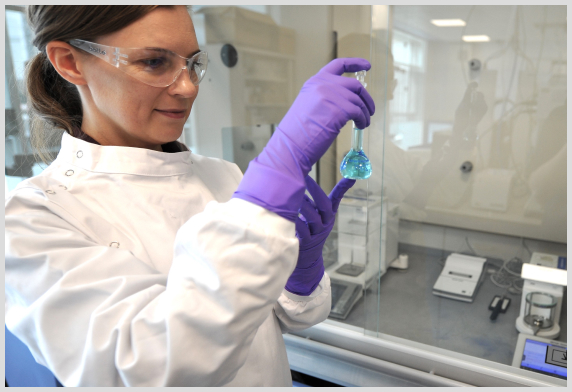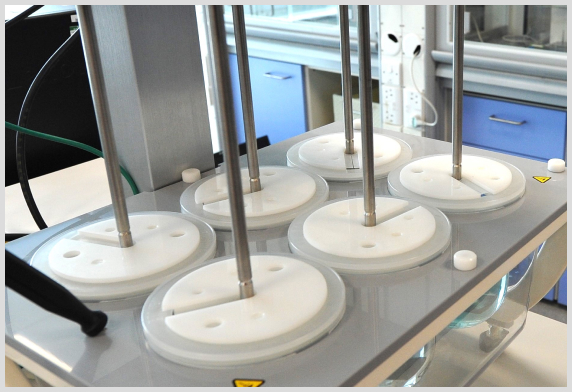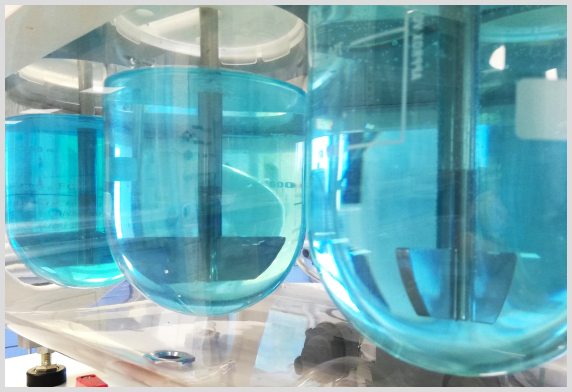The Biowaived approach to reducing risk for formulation performance
Evaluate Biopharmaceutical Risks
Assess Drug Product Performance
Develop Dissolution Workflow
Assisting small molecule biotech and pharma companies to understand the critical attributes for drug product performance and implement a strategy to reduce the risks associated with formulation design and pharmacokinetic performance in patients.

Stage 1: Profile
Profile the biopharmaceutics properties of your molecule and formulation.
- Physicochemical Profiling
- Biopharmaceutics Risk Assessment
- Gap Analysis
Stage 2: Inform
Evaluate in vitro and in silico methods to profile the performance of your molecule and formulation.
- Design in vitro strategy
- Develop a PBBM model
- Build a Biopharmaceutics Workflow


Stage 3: Translate
Drug Product Performance – From the lab to the patient.
- Identify critical material and/or process attributes
- Confirm formulation performance under clinically relevant conditions
- Translate formulation performance to the patient
Start The Conversation
01
Discussion to understand your project
02
Agree on a proposal to address the key risks
03
Deliver the data with expert interpretation and inform your go-forward strategy
Frequently Asked Questions
Biopharmaceutics is the study of the factors influencing the bioavailability of a drug. Biopharmaceutics allows formulation scientists understand how the drug product that they are developing will perform when dosed to patients and to optimise formulation to achieve the desired performance.
Simple dissolution tests are not able to replicate the complex dynamic conditions present in the human GI tract. Prediction of clinical performance of a drug product requires comprehensive understanding of drug material properties, drug product behaviour, and human physiology. Only by combining this knowledge with appropriately designed dissolution tests it is possible to predict the in vivo performance of a drug product.
Biorelevant dissolution attempts to replicate conditions relevant to the physiological environment in which the drug product will dissolve. For example, biorelevant dissolution media simulates some of the complexity of intestinal fluids (presence of bile salts and phospholipids).
A well designed dissolution workflow in combination with PBPK modelling can help understand and address biopharmaceutical risks and to inform drug product design. However, the dissolution methodology must take into consideration the potential failure modes associated with the drug material and drug product characteristics as well as the interactions between physiology and the drug product.